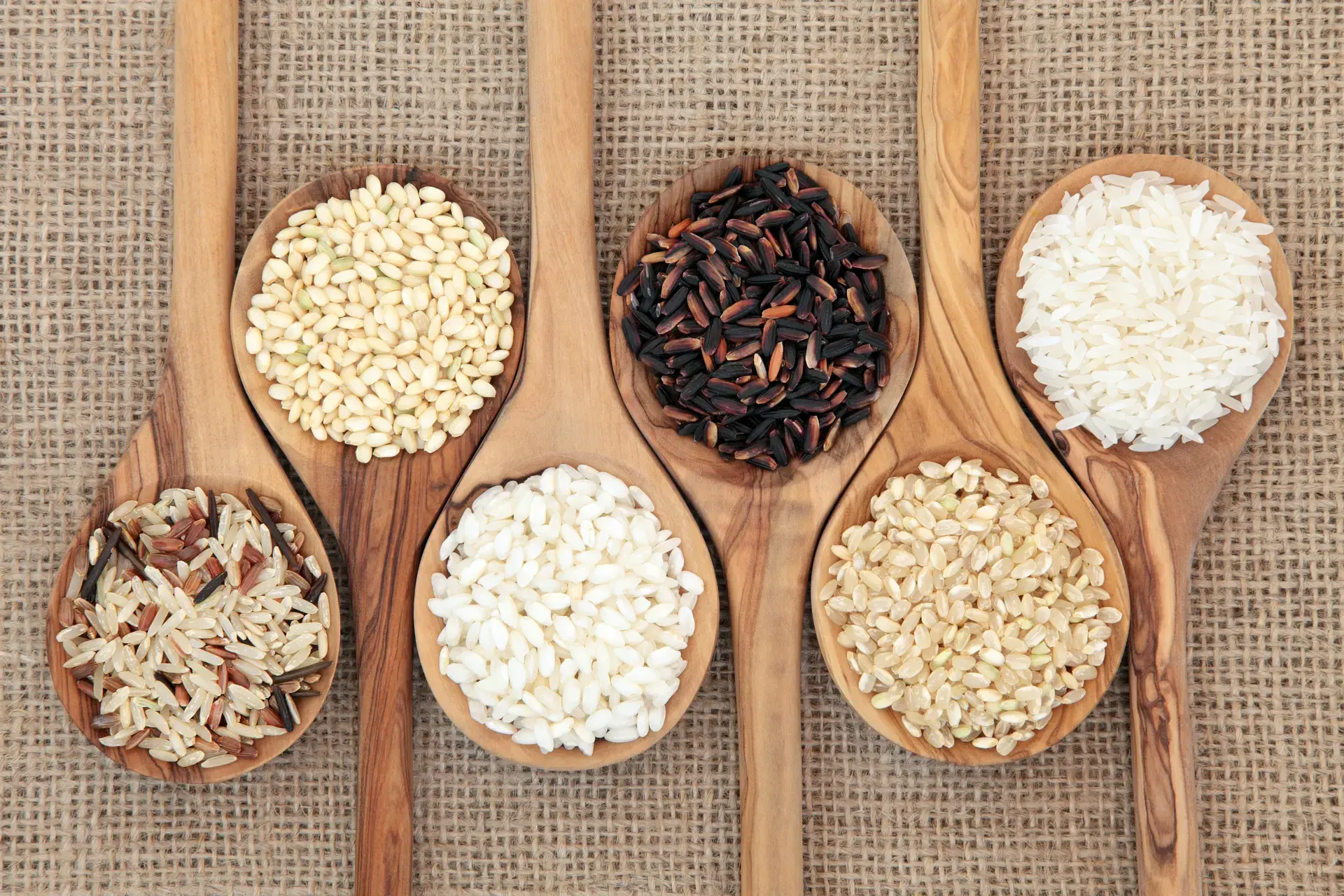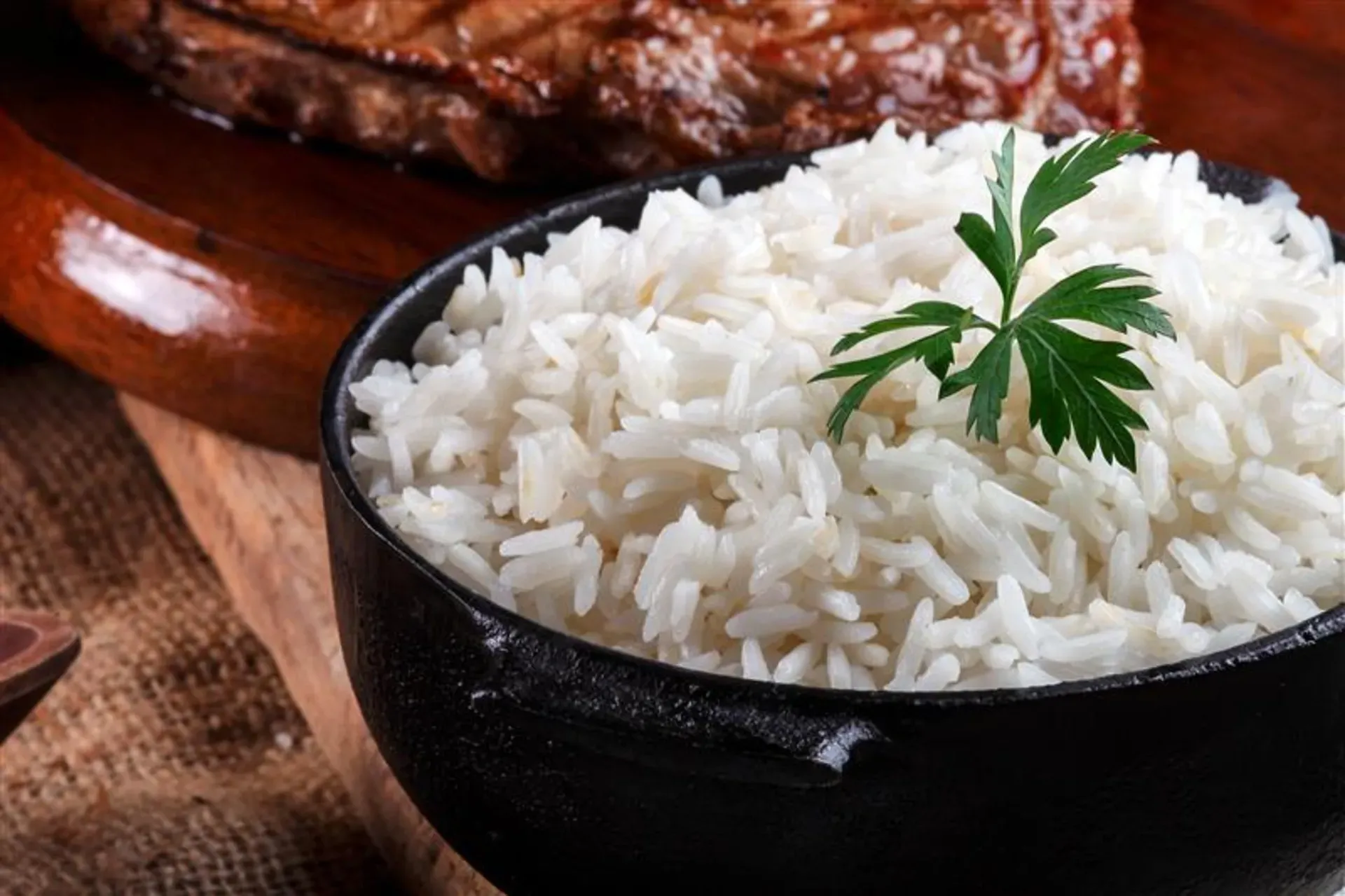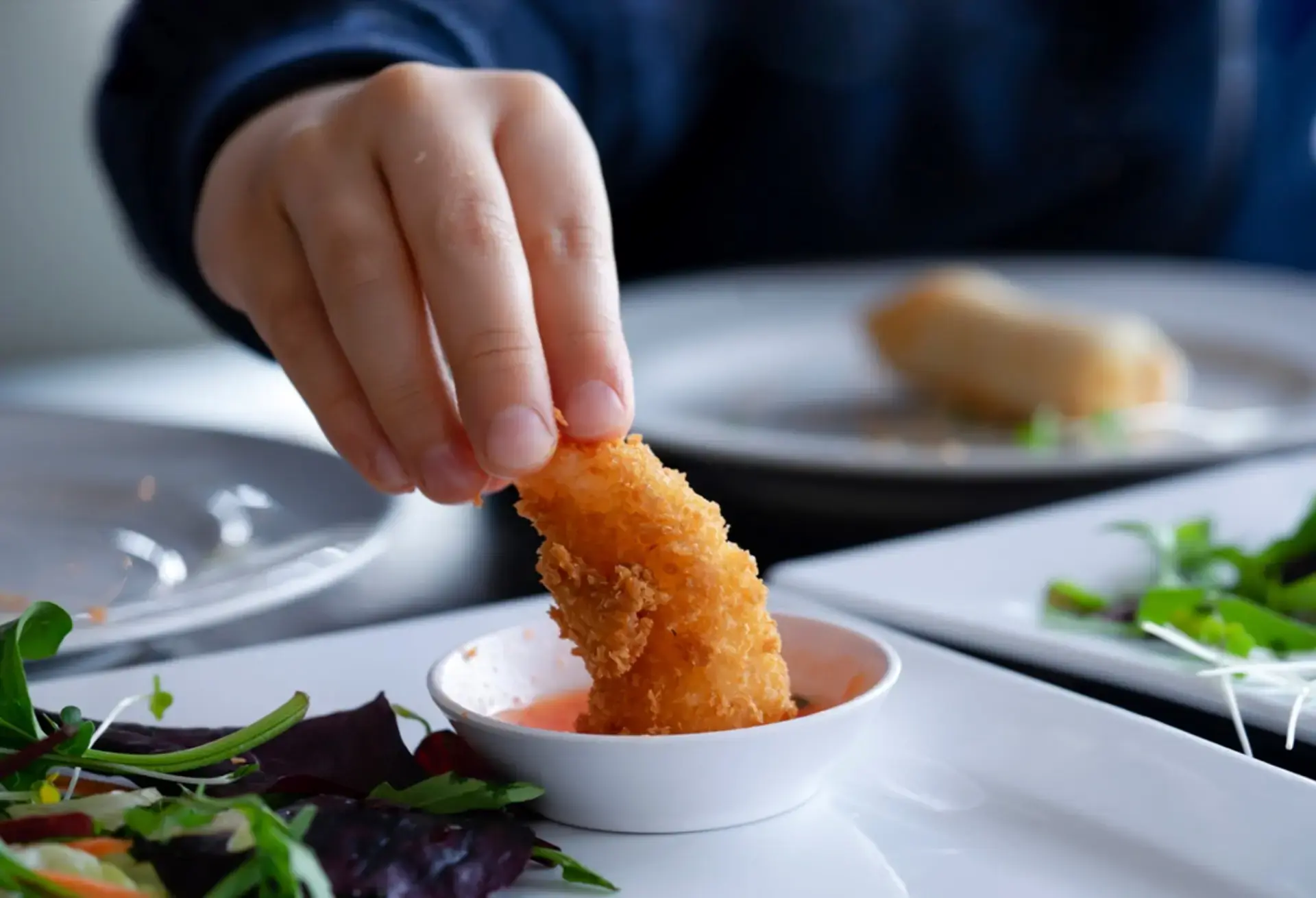While rice may seem like a constant in Filipino meals, its role goes beyond just filling plates. Each variety, with its unique texture and flavor, elevates and complements the flavors of dishes on the table.
Visit a grocery store, and you’ll find a variety of rice options—from the sweet Malagkit rice to the traditional Dinorado rice. To give your family new flavors, textures, and even health benefits during mealtimes, it helps to know your rice!
Let’s explore five types of Philippine rice, so you can pick the right one for your family:
The Daily Delight
Affordable, versatile, and suitable for daily meals, this traditional favorite fluffs up upon cooking and becomes slightly sweet, chewy, and sticky. As a long-grain rice, it doesn’t clump together.
Sinandomeng’s Saucy Ulam Gaming
Popular in Northern Luzon, this long-grain rice is like Dinorado—chewy and fluffy—but is less sticky and sweet. When cooked, it becomes “buhaghag and maalsa.” This unique characteristic makes it ideal for saucy dishes.
Jasponica’s Fusion Fiesta
This premium long-grain rice combines the fragrance of Jasmine rice and the texture of Japanese rice. This makes it ideal for special occasions and Japanese-inspired dishes.
Make it Stick with Malagkit
Malagkit is short-grain rice, which tends to be sweeter and clumpier than long-grain rice when cooked. It is a staple ingredient for sweet dishes and porridge and offers a unique experience when paired with savory viands.
Scentsational Rice
Known for its floral aroma and nutty taste, this long-grain specialty rice has a soft, moist bite and slightly sticky texture. Jasmine rice is popular in Southeast Asian cuisine.





